Return to Australia – The Atlantic, Part 2
As is usual before a particularly long and adventurous flight, I slept fitfully, not helped by the fact that the wind against my room on the top floor of the hotel sounded like it was doing its best to blow the building away. I am never comfortable leaving Planey without tie-downs, all the more so in weather like that, and I can never understand why so many airports don’t take the very simple step of providing a few tie-down rings. I gave up on sleep and left my bed well ahead of my 5am alarm, donning my drysuit and catching the hotel shuttle to the FBO at 5:30am. Thankfully Planey was still where we had left him, triple-chocked and rocking in the wind.
I packed all our luggage away and secured it under the cargo net, loosening the net a little to allow for the upcoming expansion of the ferry tank as we filled it. We taxied down the hangar row to the immobile fuel truck at the other end of the apron and topped off the wing tanks, followed by another 90 gallons into the ferry tank. Although some fuel was available at our planned stop in the Azores, it was standard petrol and not AVGAS, so I wanted to minimise the amount that I’d need to take on. The way the winds were looking, fuel would not be a concern; the tailwinds were forecast to be so strong that I had actually pushed our departure back by 30 minutes to allow us to take off in brighter light.
We called for engine start and flight plan activation, and after a short wait our clearance came through. Departure was from runway 28R, the same one we’d arrived at the day before, and left to depart off the downwind leg. Tower cleared us straight up to our filed cruising altitude of 7,000ft, and direct to our first lat/long waypoint of 47N, 50W before handing us off to Gander Center. Our ground speed had already exceeded 160 knots, and the tailwind was only forecast to increase across the majority of the route. Already the fuel projections showed that we could complete the 1,250nm flight to Terceira without even needing to use the ferry tank.
Gander Center passed us off to Gander Radio on the VHF; Gander Radio are the controllers for the oceanic airspace. They passed us all the satellite phone numbers which we’d need (I had already noted these down from the Canada and Portugal AIPs, but it was good to confirm) and told us to report to them again at 46N, 46W. We settled down into the cruise, listening to airline traffic on the radio. One airline with the particularly cool callsign of “Longship” passed way overhead at 39,000 feet.
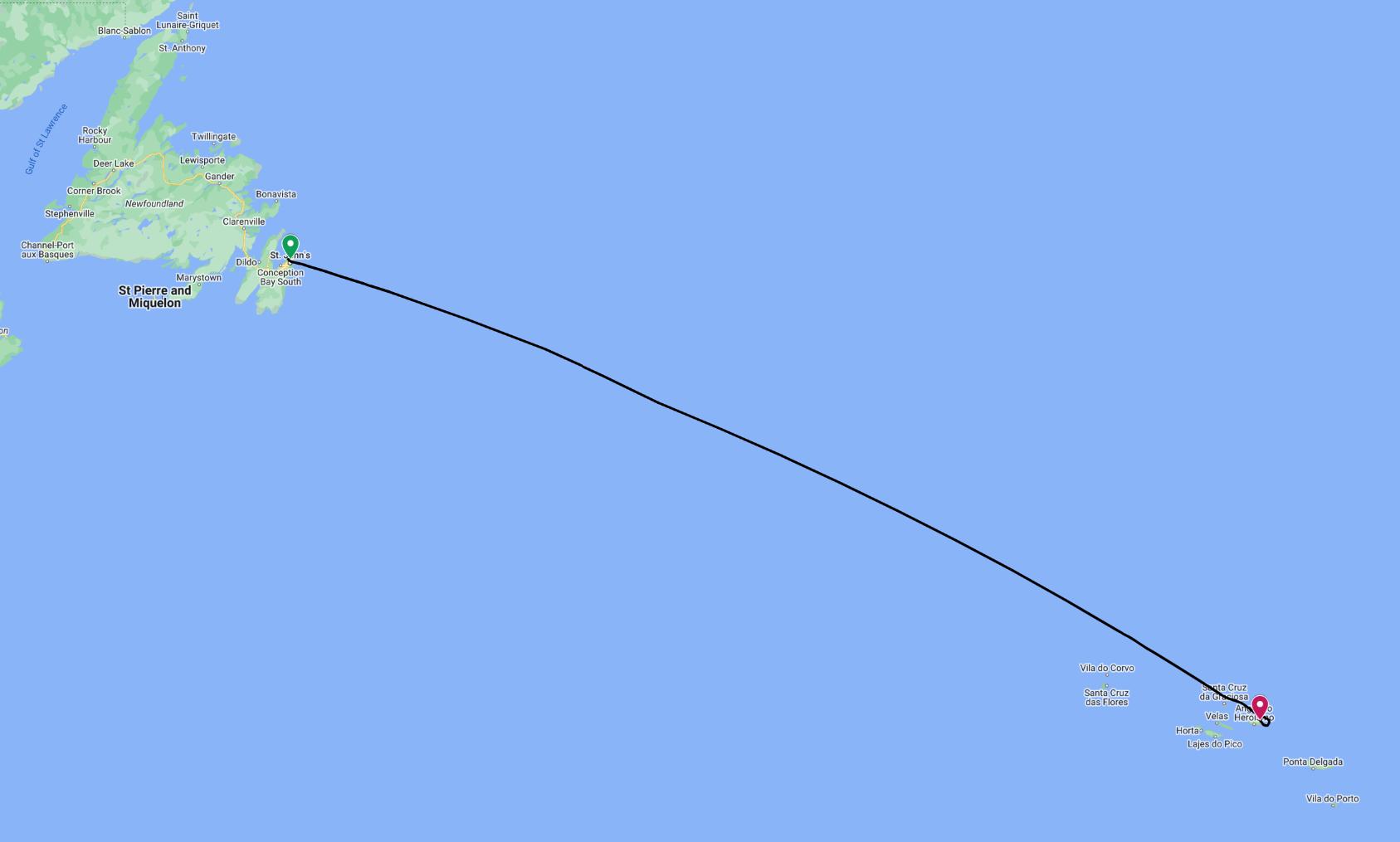
46N, 46W came along very quickly with the groundspeeds that we were seeing. The satellite phone ended up working great, to my relief, although you had to balance it just right on the glareshield to allow it proper satellite signal through the windshield. Without the Bluetooth it would have been impossible! We checked in with Gander by phone and were told that the next contact would be New York – we would just clip their airspace on our way through.
The time passed quickly, with just a single cargo ship down below breaking the horizon-to-horizon ocean view. The tailwind increased to over 60 knots, giving groundspeeds of almost 190 knots. This is almost unheard of and was extremely welcome!
We checked in with New York who hadn’t been expecting us – apparently Gander hadn’t passed our details, and they soon told us to call Santa Maria. We fitted in one call on the sat phone to them, before we managed to establish VHF communication more than 300 miles out from our destination airport of Lajes on Terceira. This is impossibly far for VHF of course, and we were not speaking directly to Lajes, but to a Santa Maria receiver on the much closer island of Flores. They gave us a new squawk code and we flew on towards Terceira.
It was mostly cloudy below but as we drew closer we did catch glimpses of other islands in the Azores chain including a most impressive volcanic peak. In time, Santa Maria passed us over to Lajes approach, who directed us to a right downwind for landing. Unfortunately the cloud ceiling was at 1,800ft, and Lajes were not allowed to vector us any lower than 3,000ft, so instead of a visual approach we joined the ILS, number two behind an incoming airliner; this was Ryanair flight 6066 arriving from Lisbon. We broke out of the clouds a few miles behind them and touched down on the enormous runway 33. More than 3,000 meters (almost 11,000ft) in length, this runway had been a designated abort destination for the Space Shuttle. It was also the runway which Air Transat flight 236 had glided in for landing on after running out of fuel mid-Atlantic.
It was immediately obvious where we should head. As we departed the runway a “follow-me” car pulled ahead of us, but even without this the knot of people in high-vis vests gathered around a hangar signed “Aeroclub” made it very clear where we’d be parking. As we approached one gentleman stepped out from the rest and marshalled us in to park in the center of the small apron.
We shut down and were warmly welcomed to the island of Terceira by Decio, board member of the flying club and one of only two private aircraft owners in the Azores! He and the other club members assisted us with pushing the aircraft into the hangar, before we rode in the van of the handling company over to the main terminal and sped through customs and immigration.
Decio dropped us at the hotel with the promise to pick us up shortly after we’d had a chance to change out of our survival gear and freshen up. He was back outside right on time, accompanied by his lovely wife, and drove us up to an overlook where the entire town of Praia da Vitória could be viewed, including the picturesque harbour.
After a while spent viewing the town and its harbour, as well as spotting some traffic on the approach to Lajes, we piled back into Decio’s car. He drove us around the south of the island to Porto Judeo and a small restaurant overlooking the Ilheus das Cabras, the Isles of Goats, two rocky islets inhabited solely by their eponymous animals. Along the way we came across a traditional street bullfight and paused to watch; apparently these happen on an almost daily basis around the island, where a public street is blocked off for the event.
After an excellent dinner of local cheeses and seafood Decio drove us back to our hotel.
The next morning Decio collected us from the hotel again for a day of exploring the island. He had very kindly taken a day off from work so that he could play tour guide. We started off with a drive up to one of the highest points on the island, the ridge which could be seen off to our left as we landed the previous evening. Peppered with wind turbines, these heights provided the perfect vantage point for views over both the airport and the town of Praia da Vitoria, as well as in the opposite direction towards the Isles of Goats and the island’s volcanic west end.
We made our way gradually down the other side of the hill, pausing to allow a parade of cattle to pass us in the other direction as it moved from one field to another. A little further down we came across a farmer who had just finished milking some of his flock. He invited us through the gate to check out the equipment, and for Juvy to touch her first cow!
We paused at an overlook, facing the Islas das Cambras that we’d seen the previous night, before continuing along the coast towards the largest town on the island. This is Angra de Heroismo, established in the late 1400s, and with a modern-day population of about 35,000 people. For several years, from 1580 until 1583, the town was the seat of the resistance government of Portugal which had been driven there after the Spanish invasion of mainland Portugal.
We started our visit at the overlook on Monte Brasil, a 500ft (170m) volcanic summit overlooking the town. This gave beautiful views across the Fortress of St John, constructed in the 1590s by the Spanish who had by that time taken control of Terceira. The Portuguese retook control of the fortress in 1642 after an eleven-month siege, and have held it ever since.
We drove down from the overlook and parked near the town, taking a walk along the harbour wall towards the town center. The architecture of Angra de Heroismo is beautiful; I particularly enjoyed the many different pastel colours that the houses are painted. We wandered past the Igreja da Misericórdia church, and up to the square in front of the town hall, where we took the opportunity to shop for a few souvenirs in the surrounding stores. From here we walked the few meters to the Palácio dos Capitães-Generais. This building was conceived as a Jesuit convent and college, and then taken over and transformed into a palace in the late 1700s. It has twice served as the Portuguese royal palace, in 1832 and 1901.
The Palácio dos Capitães-Generais was not open to visit today, so we started to make our way back towards the car, taking in more of the beautiful architecture as we went. Our next stop would be a small traditional Azores restaurant; cash only, so we stopped at a cash machine along the way. Arriving at the restaurant, it was clear that this was a popular little local spot. There was no menu; you ate whatever the chef brought out that day. Lunch was exceptional, and generously portioned; various types of cheese, meat, and potato made up the bulk. The price was exceptional too, at just 13 Euro per head!
After lunch, the tour took a very volcanic turn. We started off with a visit to the Furnas do Enxofre, an area where sulphurous steam emanates from various holes in the ground. It felt a bit like a much smaller version of Rotorua in New Zealand, and was well worth a visit. We had timed things well; just as we were leaving, two coaches full of American tourists showed up and swamped the place. With direct flights to Lajes from places such as Boston and New York, North American tourism is in full swing in the Azores.
From the Furnas do Enxofre we took the short drive to Terceira’s number-one attraction, the Algar do Carvao. This volcanic vent in the center of Terceira was known about for centuries, but the first documented exploration was in 1893. It was another 40 years until the second descent and first rudimentary mapping. Today, tourists can access the vent through a tunnel followed by several flights of stairs. As we gazed at the rock formations a Portuguese tourist took the opportunity to break out into operatic song. “This is why we say we are Azorean, not Portuguese” said Decio, clearly not a big fan of this!
From the center of the island we struck out north, to the village of Biscoitos (translated as Biscuits). Decio told us how this village is used as a visual reporting point when arriving to Lajes from the west. He had brought us here to see the natural swimming baths; even though it was October and not too warm, people were still swimming in the sheltered pools in the rocks as the Atlantic swell pounded just a short distance away.
The day was drawing to a close, and there was one task left to take care of – adding some fuel to Planey. The tailwinds the previous day had been so good that we could actually continue to mainland Portugal without refueling if we wished, especially given the fact that decent tailwinds were also expected for that flight the next day. However, suitable ethanol-free fuel was available locally, so it seemed foolish not to add at least some.
We first headed to the airport to collect the fuel containers. Here we ran into some typical big-airport stupidity; they would not allow me onto the airfield without seeing my passport, and a digital copy would not do. This was all the more absurd given the fact that all they did with the passport was copy some details onto a paper temporary pass; they were not checking my identity against any kind of list, so the entire thing was meaningless. The kind of people who implement and maintain these procedures are not of the highest intellect, unfortunately. After a run to the hotel and back, followed by several more stages of pointless security theater, we were finally airside. We were very grateful to have Decio there to navigate us through the madness.
The follow-me car driver gave us a lift to the hangar to get the containers, and then back to the terminal. We went through the whole procedure again to leave, took Decio’s car to fill the fuel containers, and then went through the security charade yet again to get the fuel into the airport. Finally, we were able to get the 25 gallons of fuel into Planey and tuck him away for the night, after Decio gave us a bit of a tour of the other aircraft in the hangar. These included a jet fighter, stored for a museum! All that was left to do was enjoy a simple dinner, and head back to the hotel to file the flight plan and complete preparations for the next day.
The weather forecast from the previous days was holding true; strong tailwinds, although not quite as strong as we’d had two days before. This meant that the more than 800 nautical mile flight from Lajes to Cascais, near Lisbon, should take well under 6 hours. We had full wing tanks, and a bit of fuel in the ferry tank, about double what we would need! Decio collected us after breakfast and took us to the airport. We were now well versed in the security procedures and before long we had made it through the terminal and out to Planey.
Most of the preparation had been completed the previous day, so it didn’t take long to load our bags, pull Planey out of the hangar, and say our goodbyes. We started up, received our clearance, and taxied for departure, taking off to the west and turning around to the right to strike out east towards the European mainland.
Just past BAVAS intersection ATC handed us off to the oceanic controllers, and Santa Maria radio. Satellite strength for the satphone was excellent today, but we had less use of it than we had on the previous leg; Santa Maria has satellite-based ADS-B capability so they could track our position even over the open ocean, and there was no need to give full position reports. A call every now and then to confirm normal operations was all that was required.
Santa Maria radio called us an hour or so into the flight to pass on information about a “SIGMET”, or significant weather report. This was for thunderstorms embedded within cloud layers, but fortunately the majority of the area was north of us, and the weather was moving away from our route. We remained out of the clouds anyway, wanting to avoid icing, and continued along our way. 300 miles out from Cascais we passed through an area of more cloud and rain showers. Although temperatures were right around freezing, icing was negligible.
150 miles out from Cascais we were told to contact Lisboa approach. Although we could hear them, they could not hear us. We relayed messages through an Iberia flight until, getting closer, this problem resolved itself. An interesting callsign on frequency was Cubana 470, a flight from the national airline of Cuba. Although sanctioned by the US, the country still maintained links with the rest of the world. We crossed what seemed to be a shipping lane up from the coast of Africa towards Europe; having seen only one ship in the whole crossing up until now, we now saw 5 or 6 in short order.

As we approached the coast air traffic control directed us onto the LAZET 1R arrival, which sent us on a dogleg up to the north. We had to change the settings on the IFD 540 radio to switch it over to the 8.33kHz spacing used in Europe, so that we could contact the next frequency. They took us straight back off the arrival and sent us direct to CEFOX, the initial approach fix for the GPS arrival to the northerly runway at Cascais.
We landed on runway 35 and vacated left, taxiing to the indicated parking space on the general aviation apron. Our handling agents were there to meet us and quickly helped us to tie down Planey. They were quite taken by the flags on his new paint scheme and all agreed that a Portuguese one needed to be added as soon as possible.
This had been a domestic flight, so there was no need for customs or immigration. We therefore strolled straight through the GA terminal and into an Uber to the hotel in central Cascais. Juvy located us an excellent Indian restaurant for dinner and after a bit of a post-dinner stroll we retired to our rooms for a long rest.
Click here to read the next part of the story.
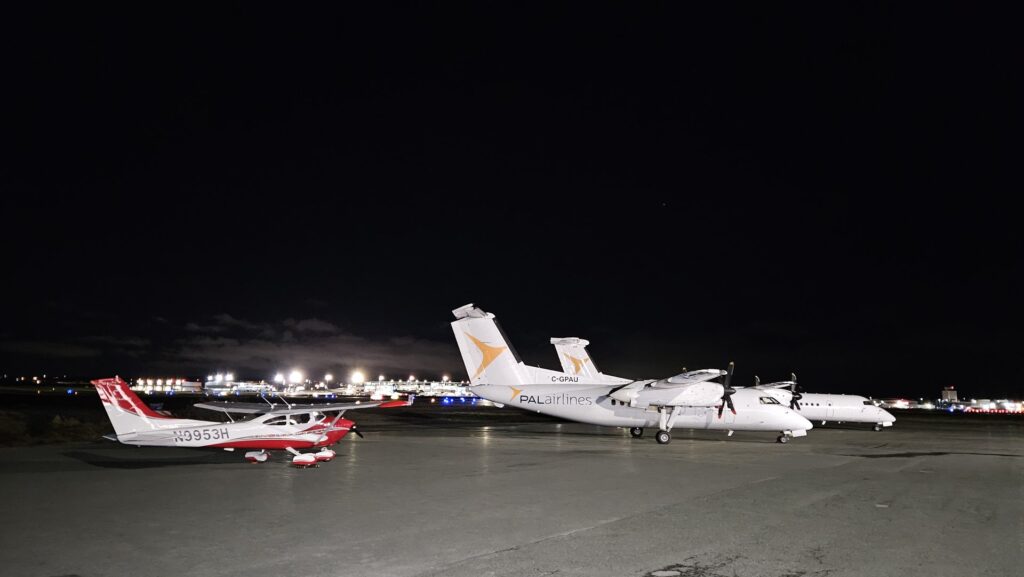

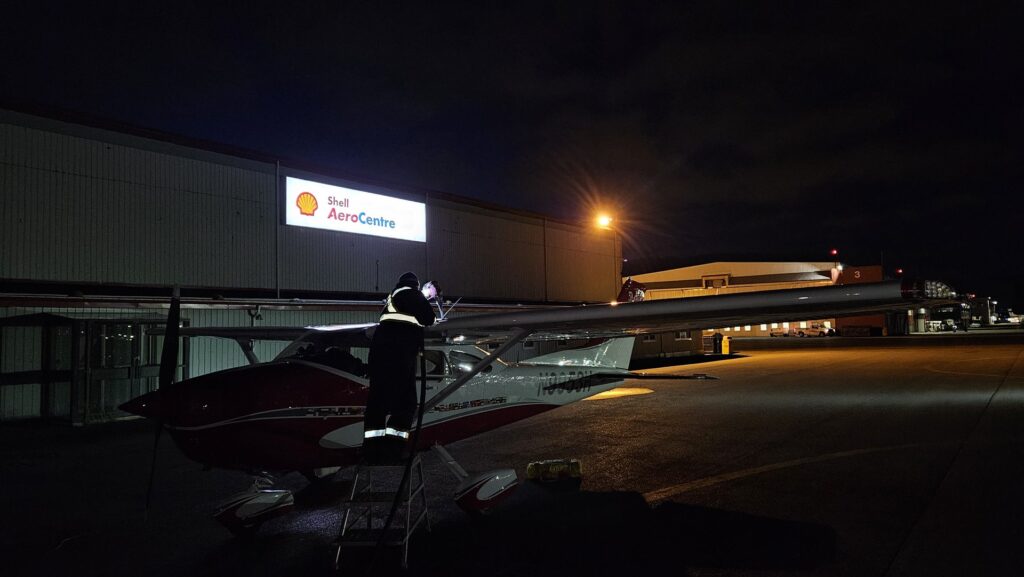

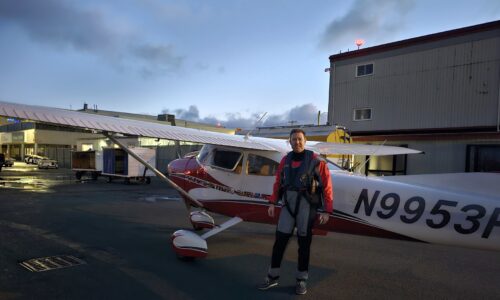
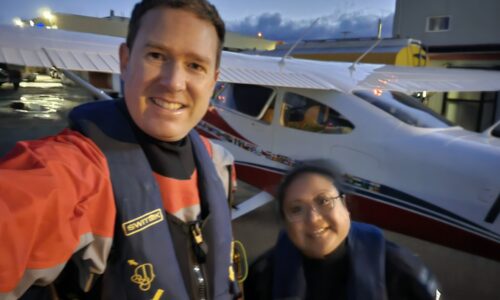
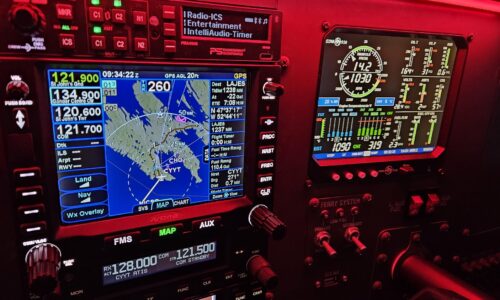
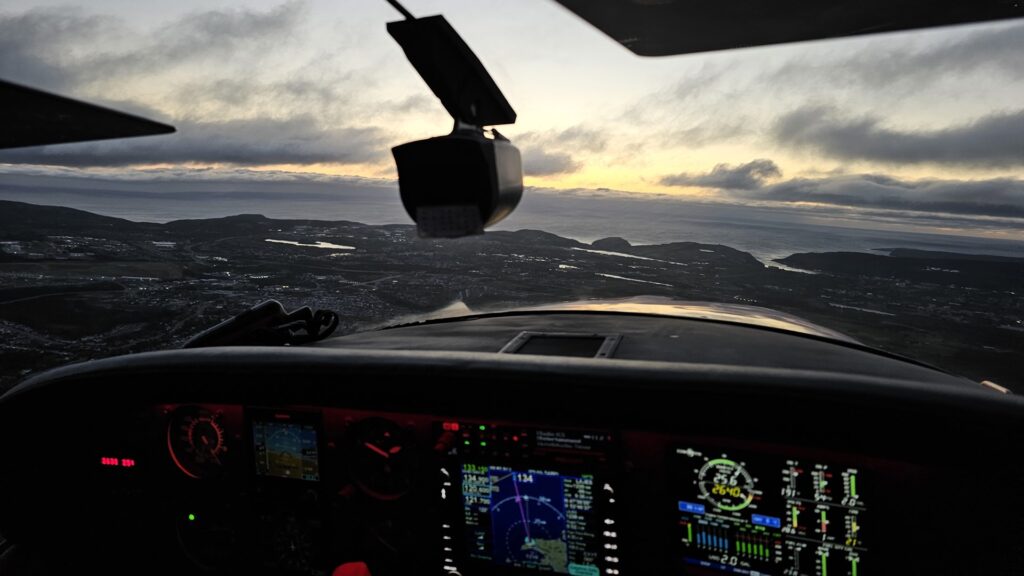
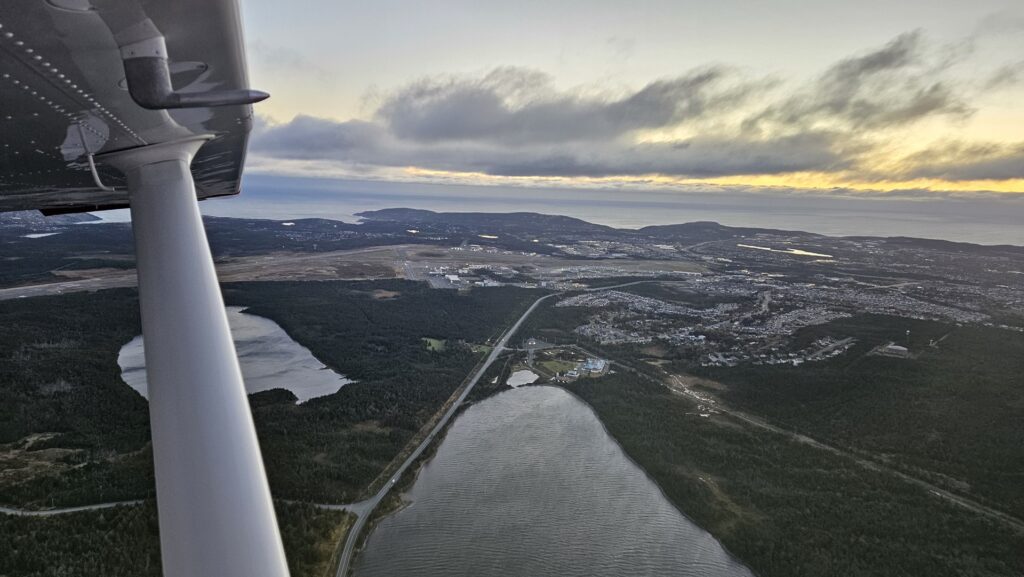

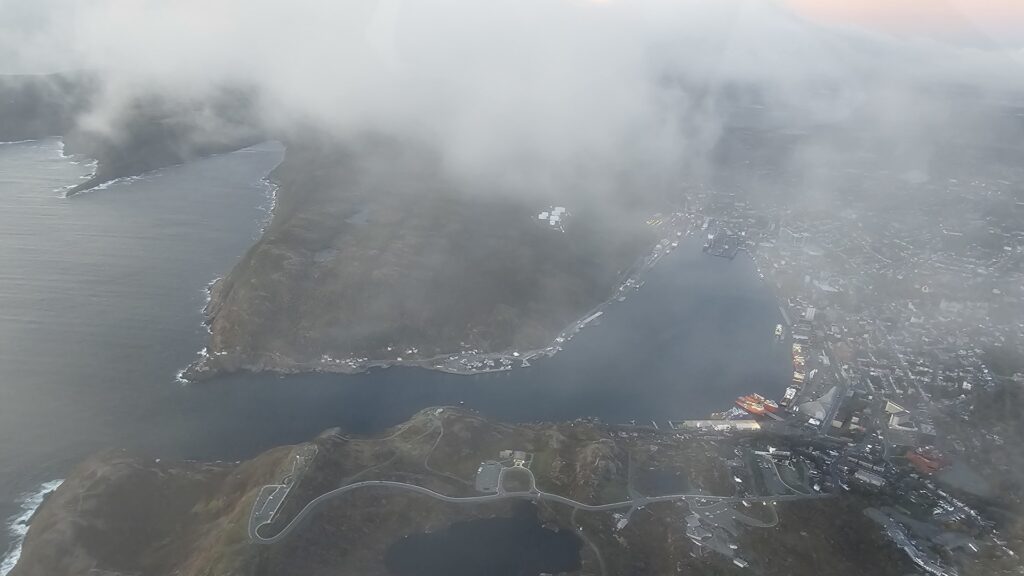


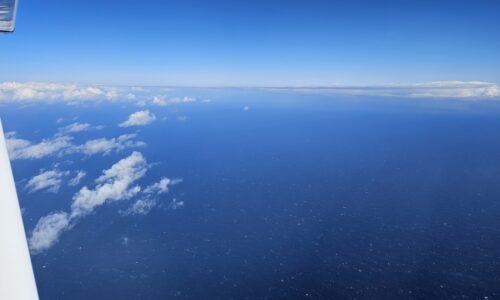


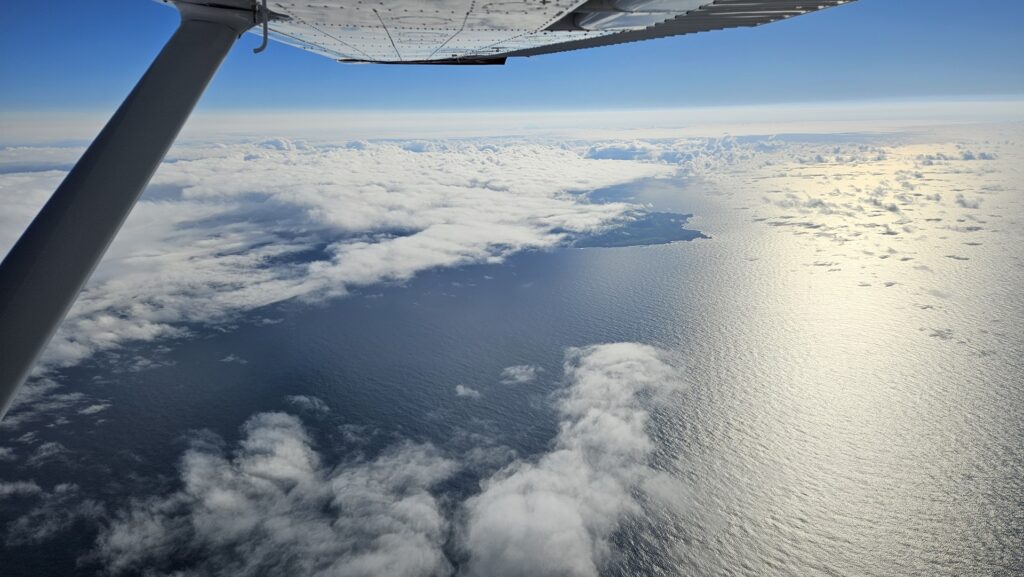
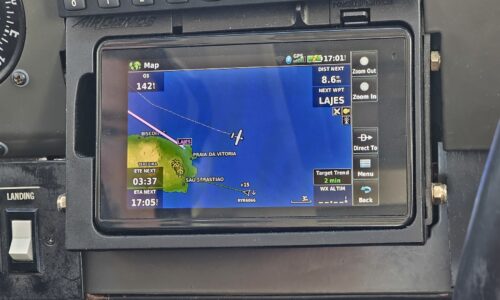
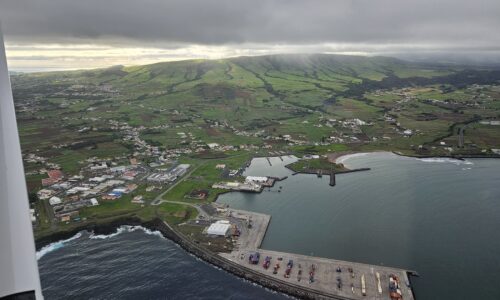




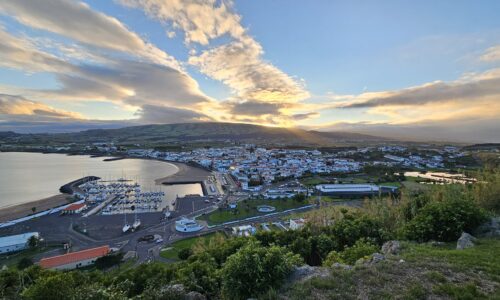




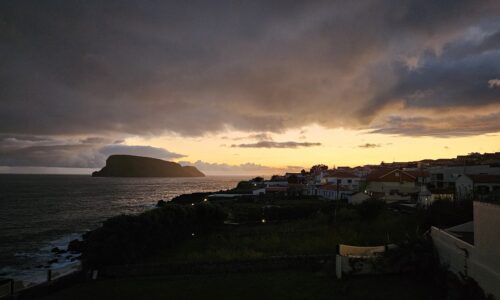


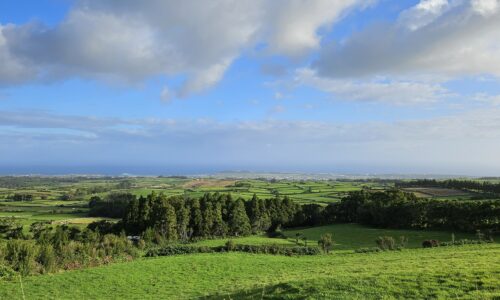
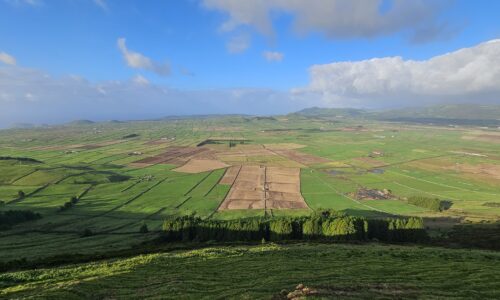
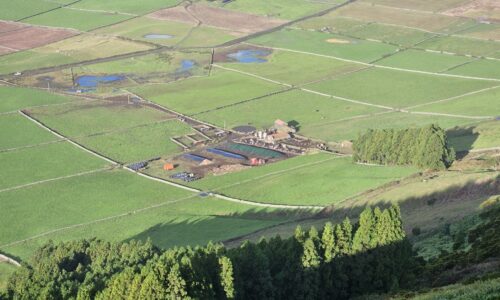
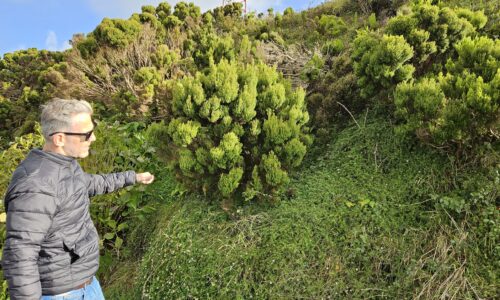
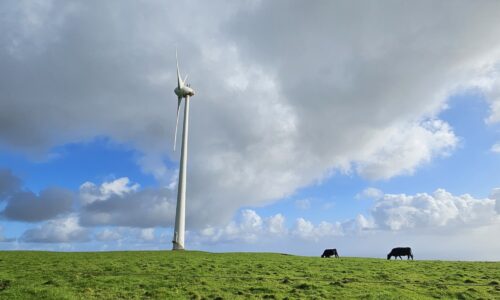


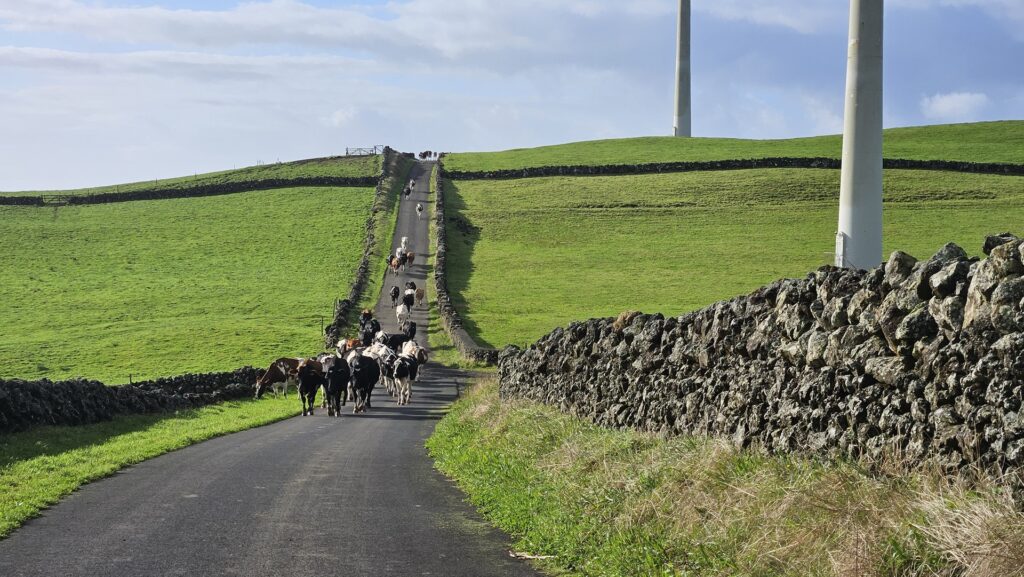
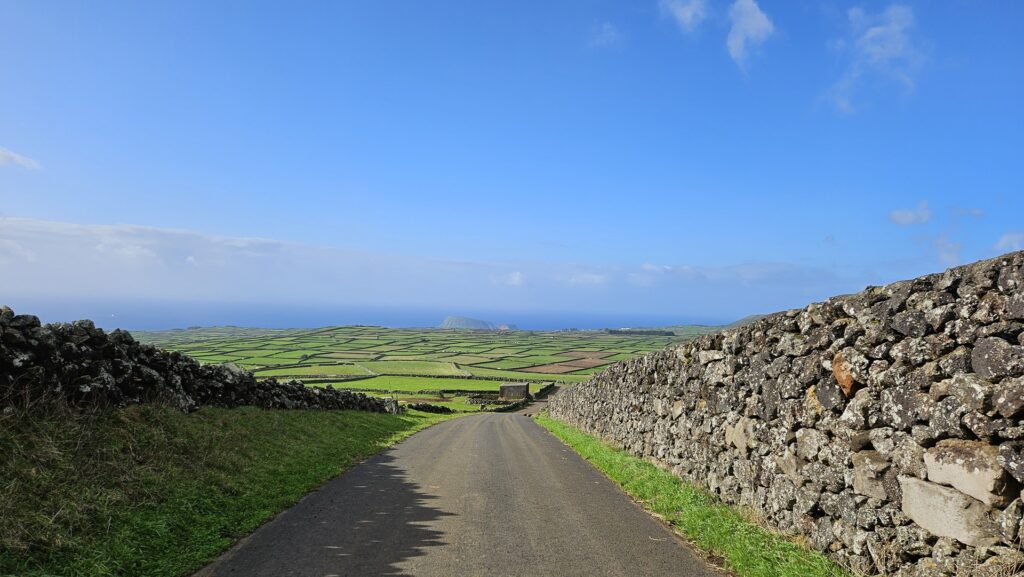
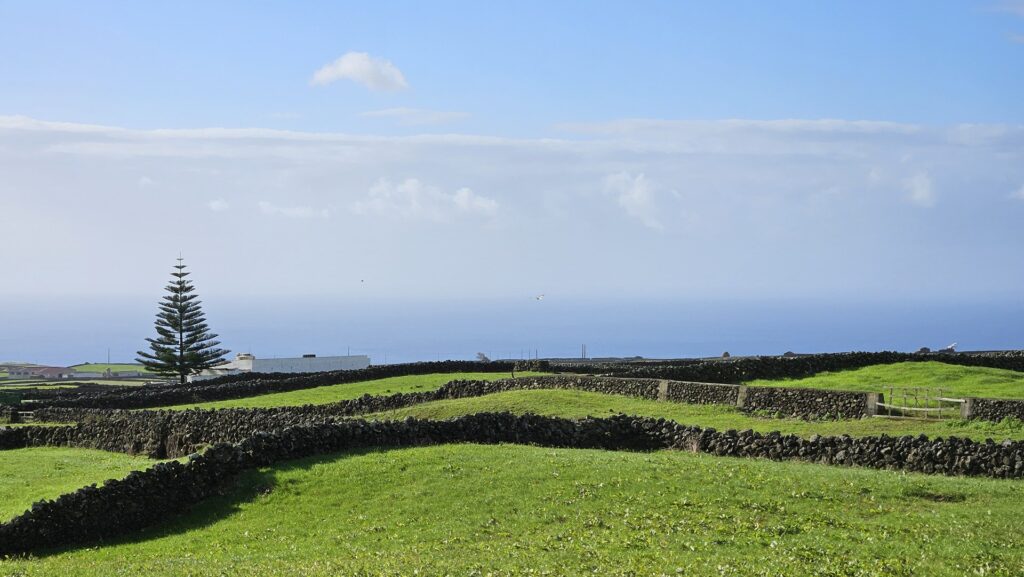
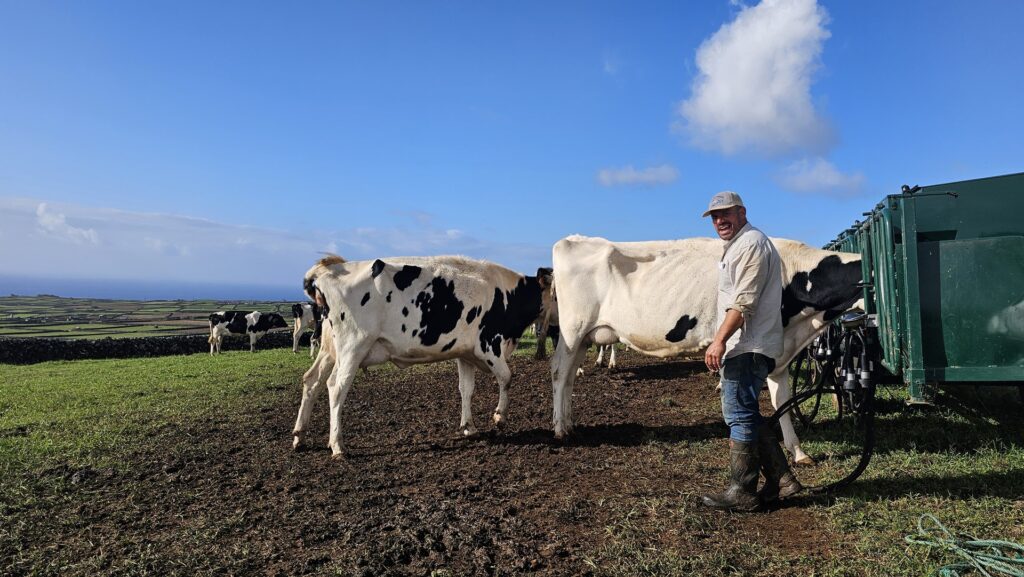


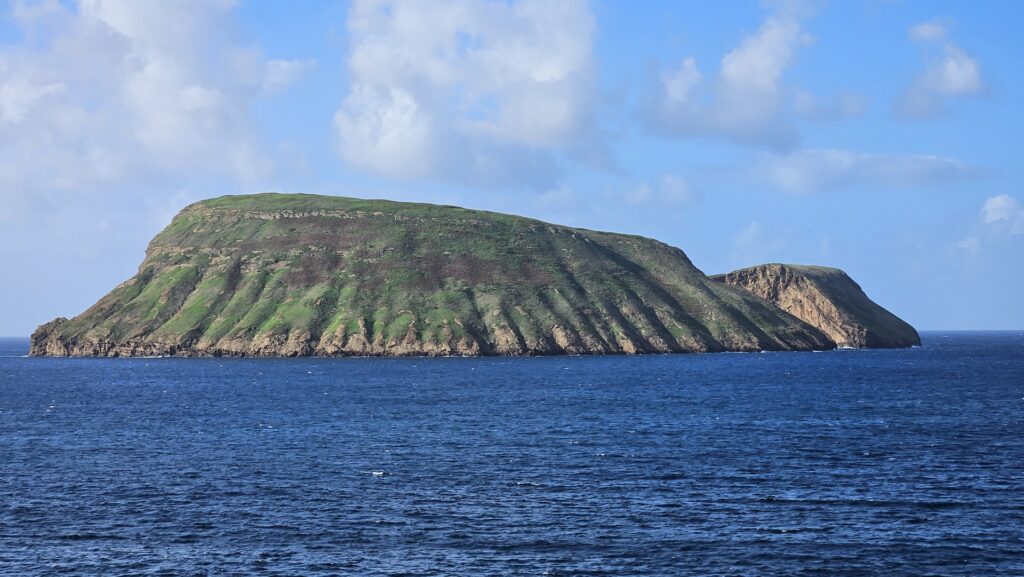
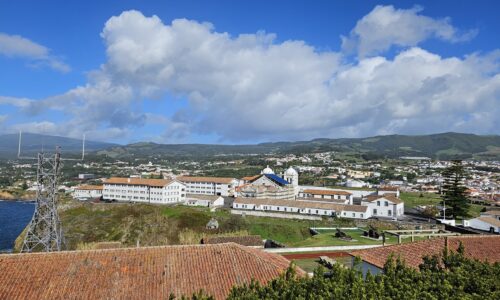

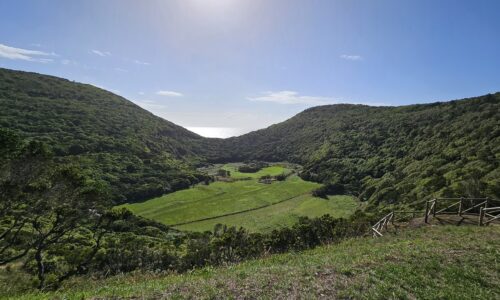
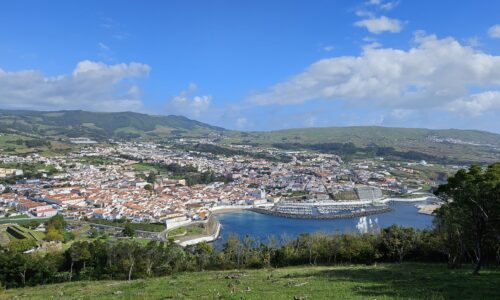
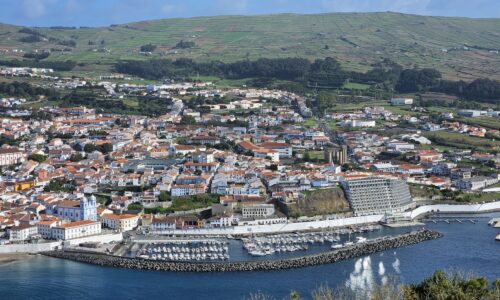
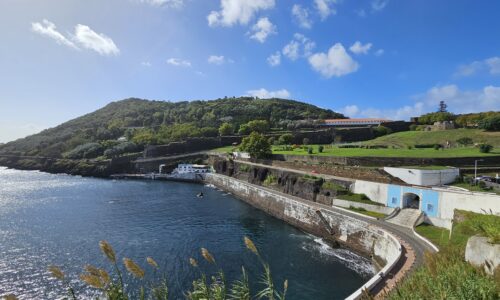
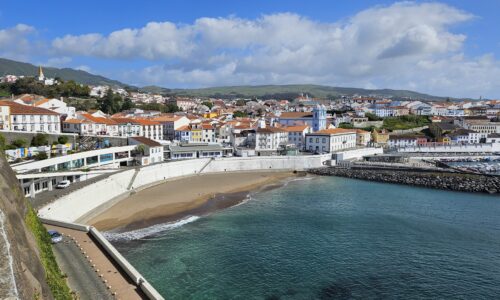




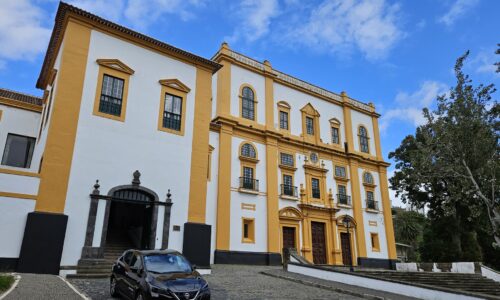
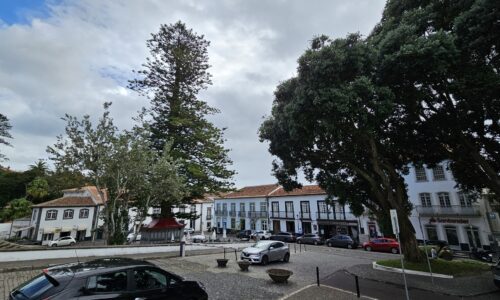

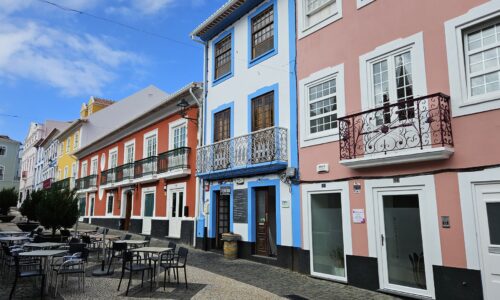
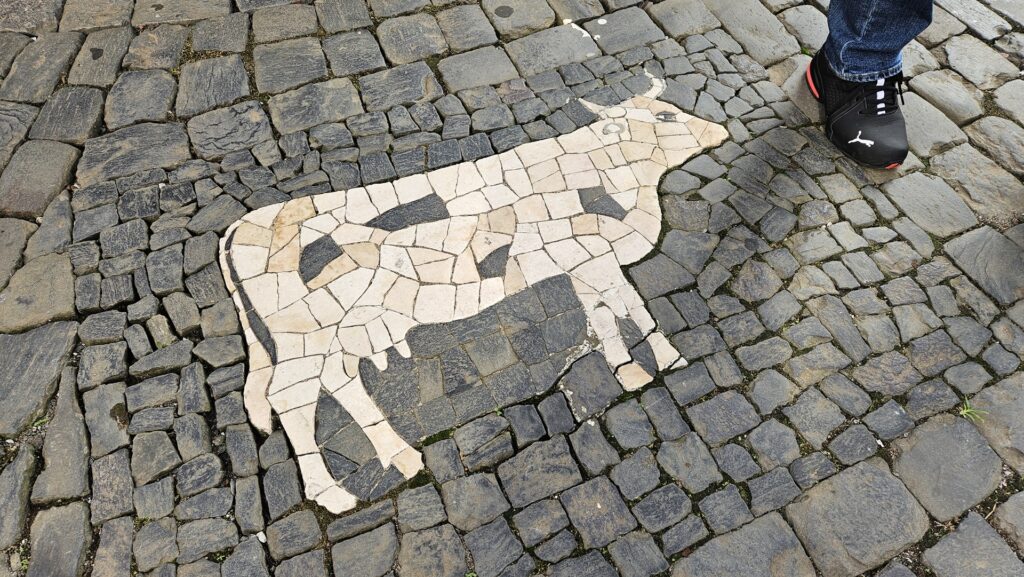
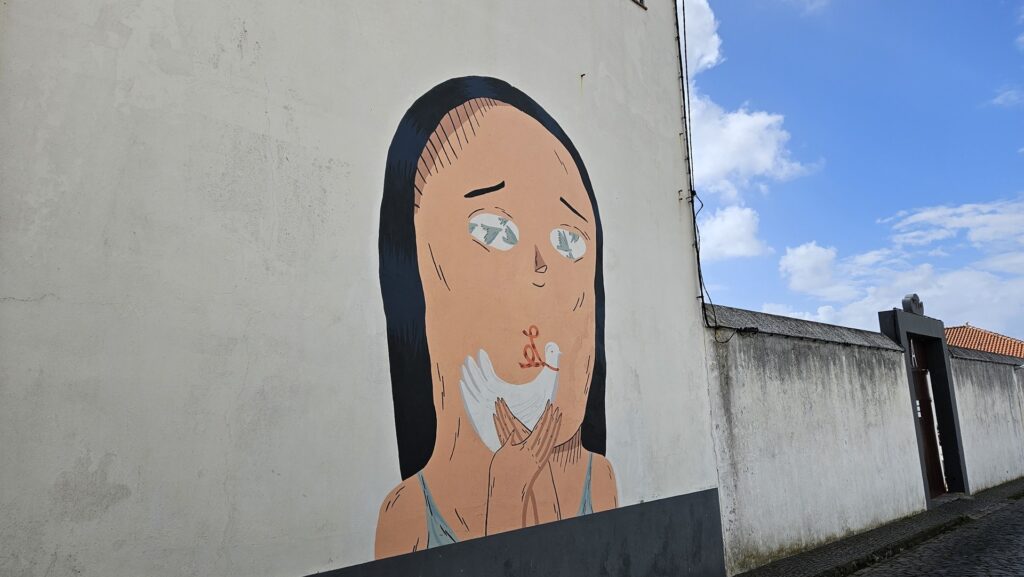



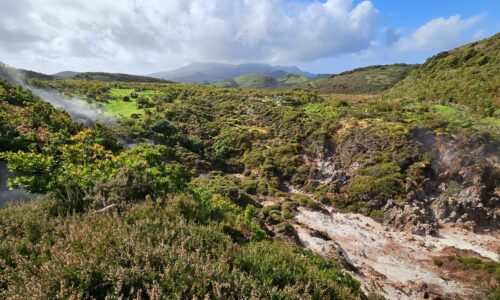

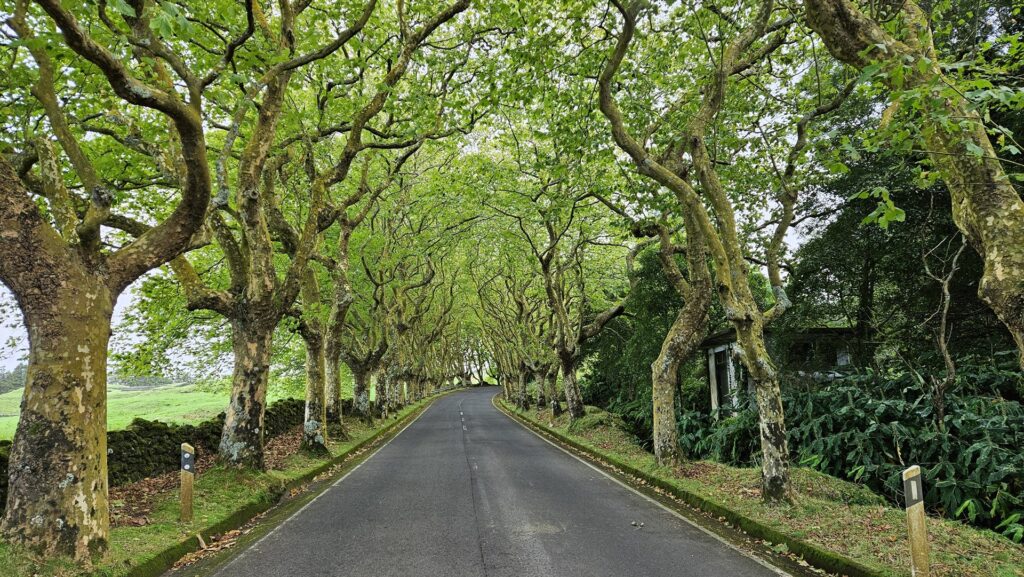

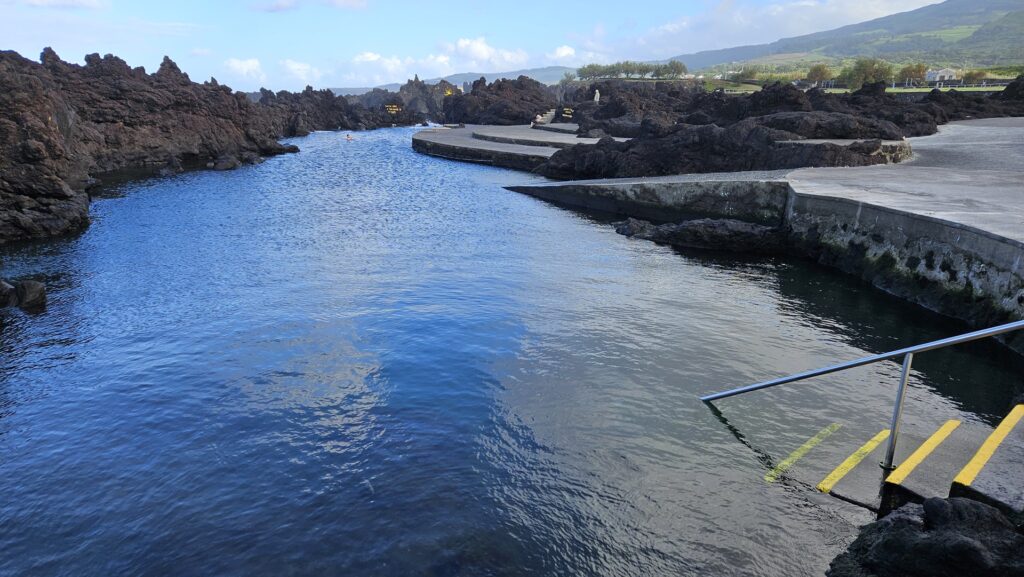
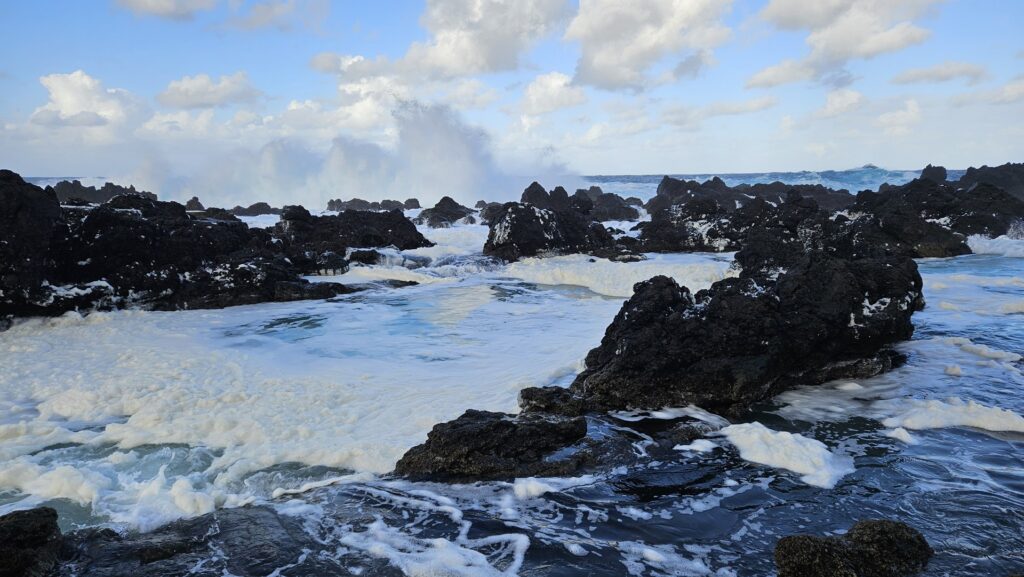
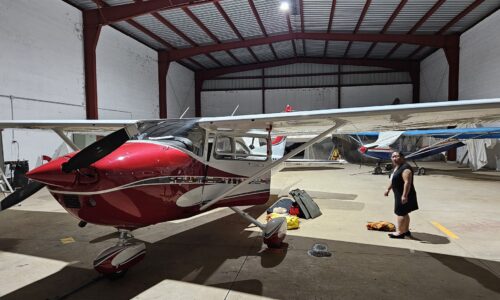
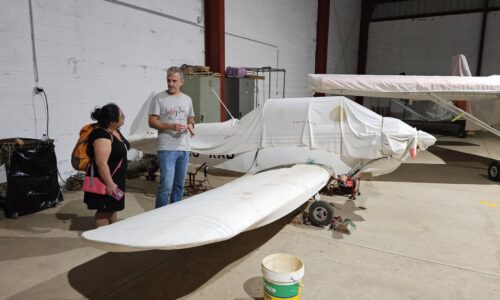

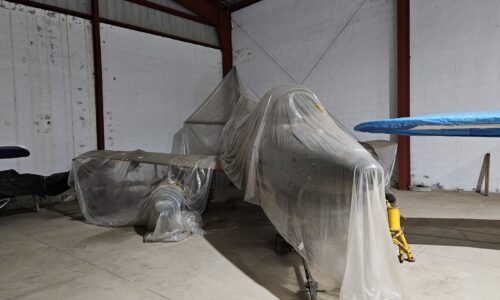
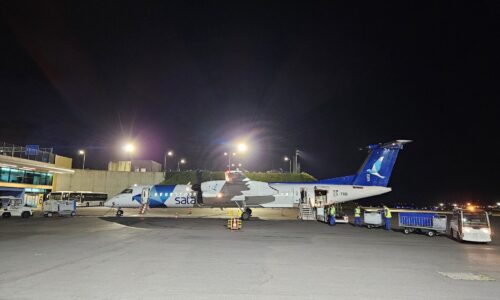

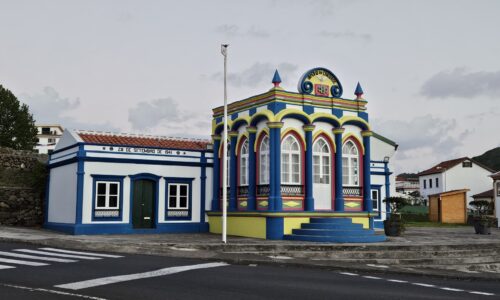





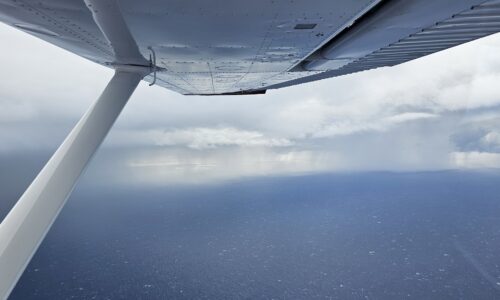
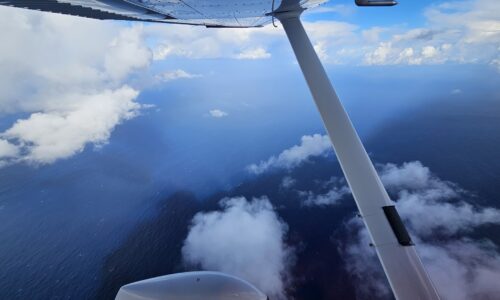
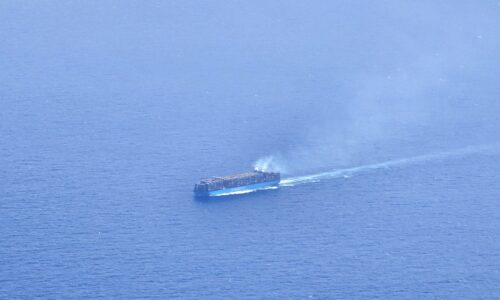
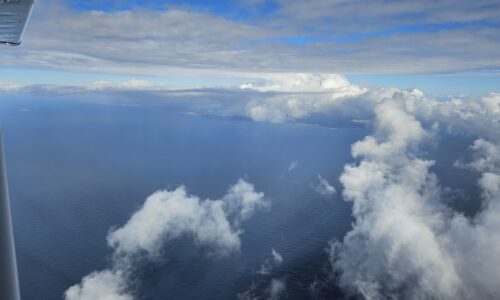

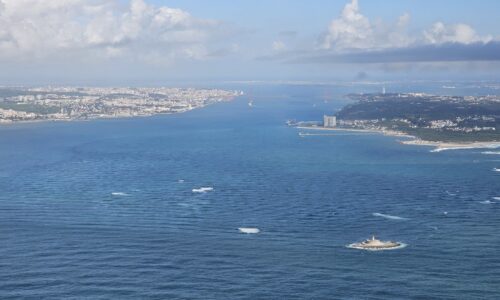
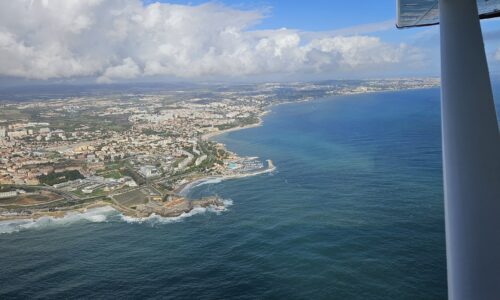


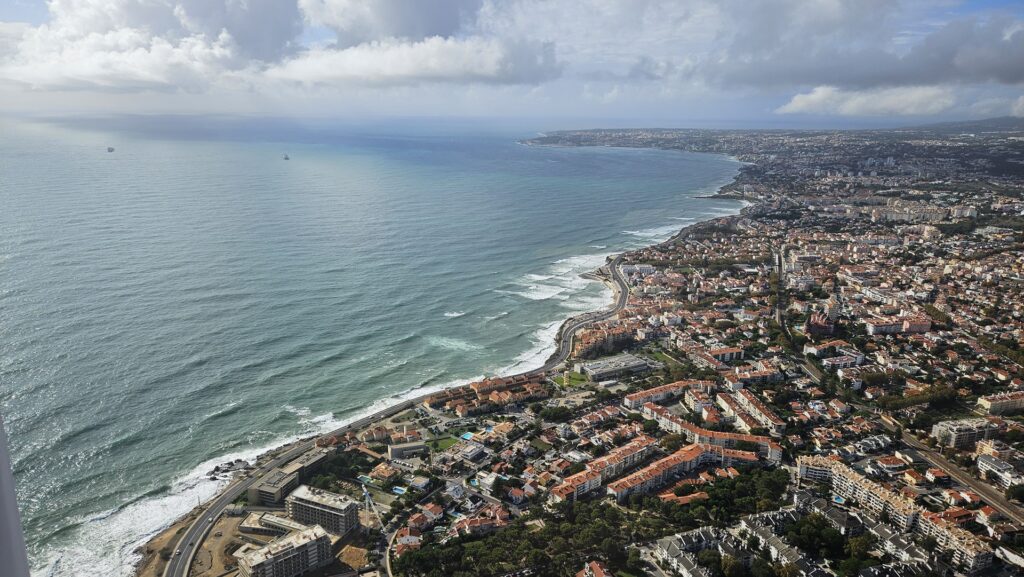
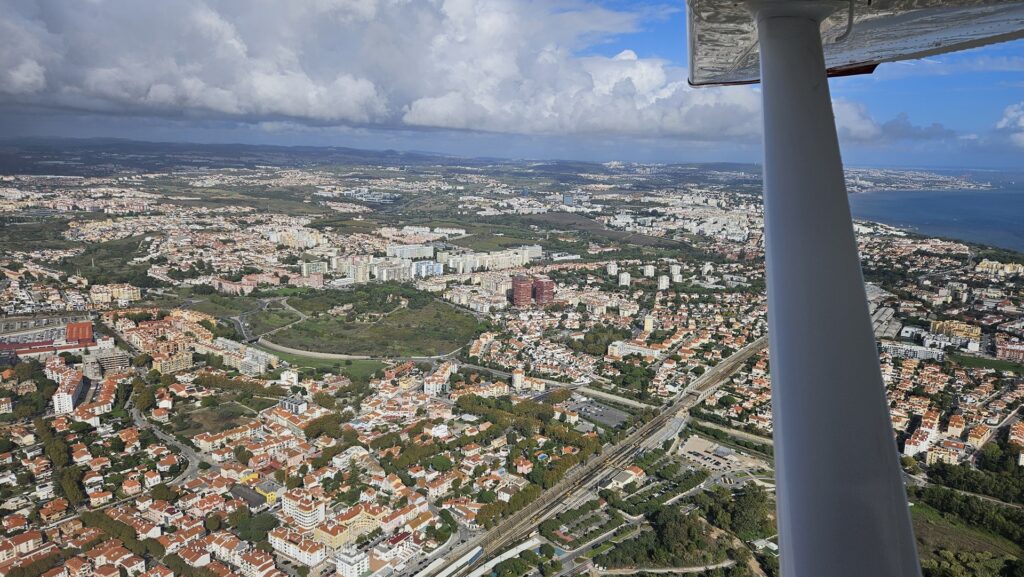
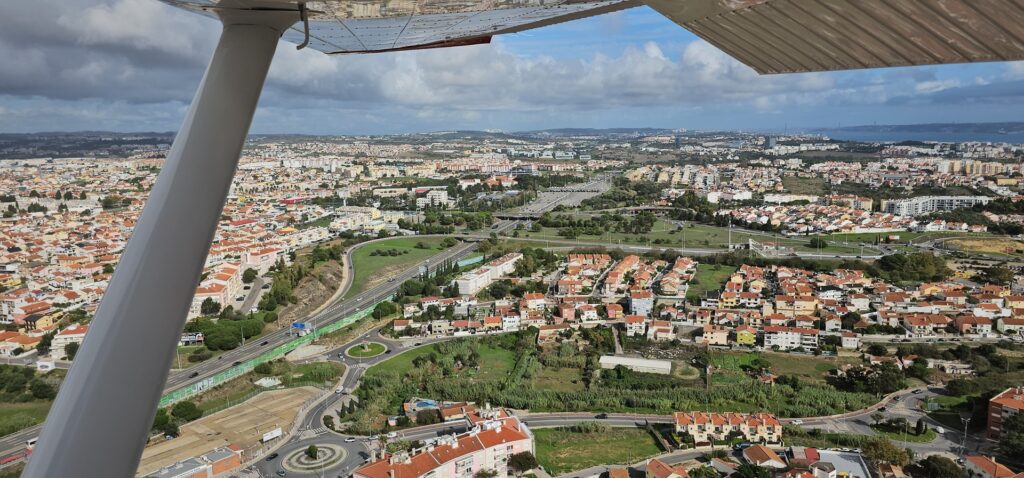
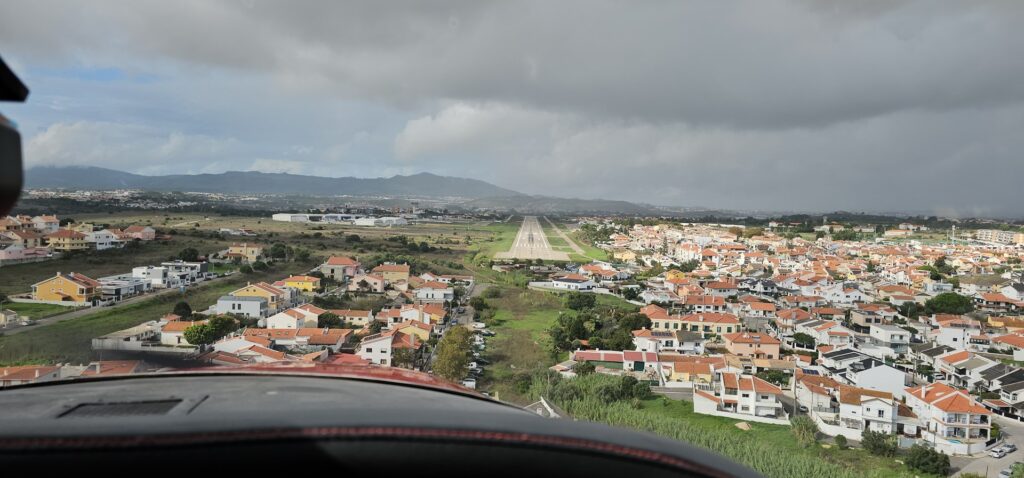
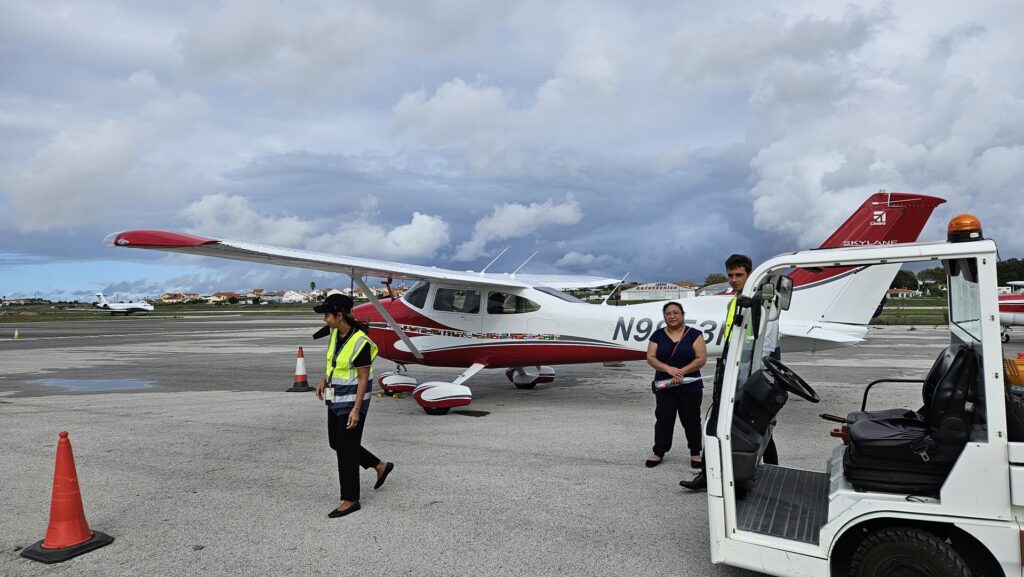
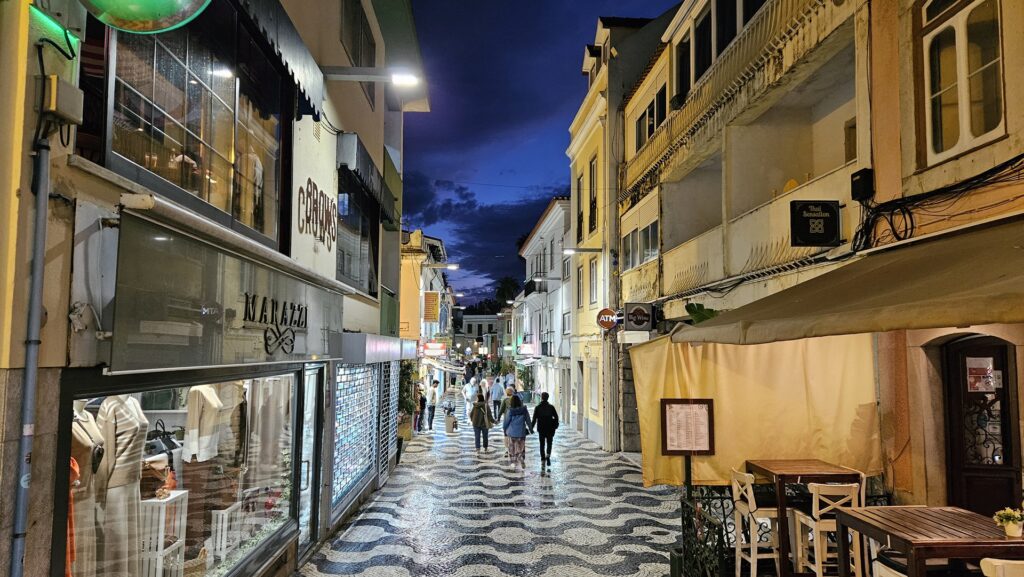
One thought on “Return to Australia – The Atlantic, Part 2”
Just spotted your FB post of the adventure. Excellent website, photos n commentary, always wanted to do this but time ran out.